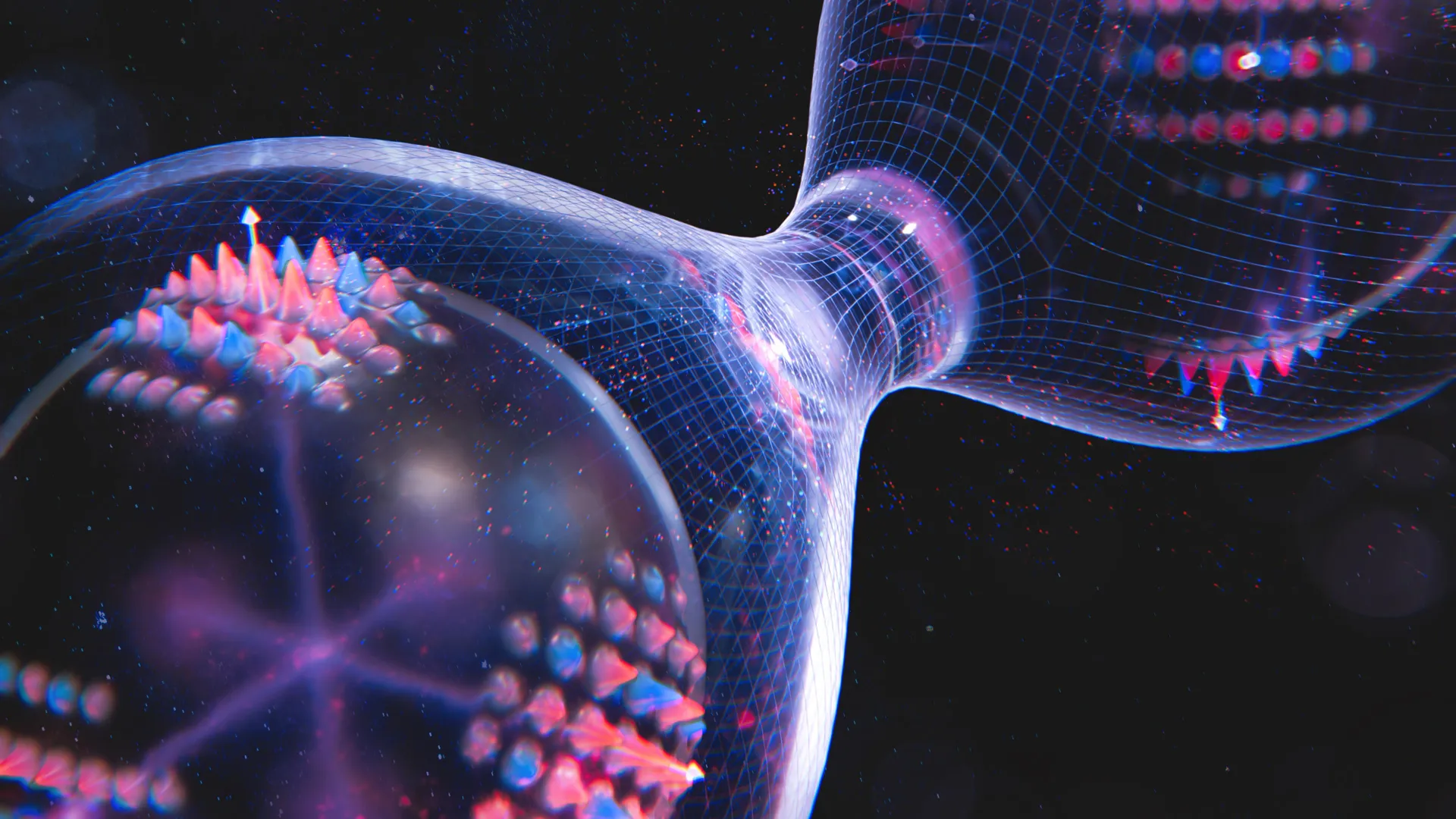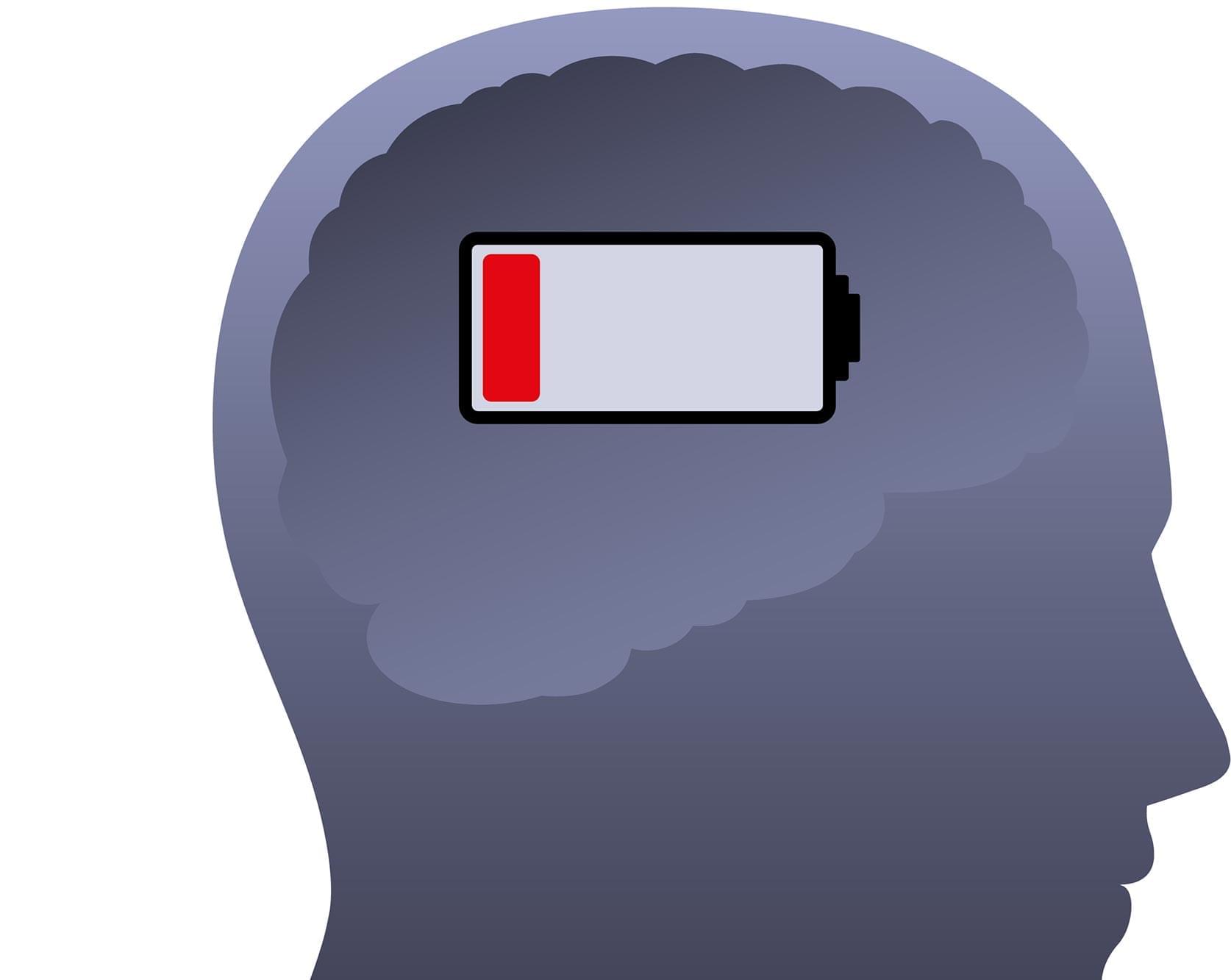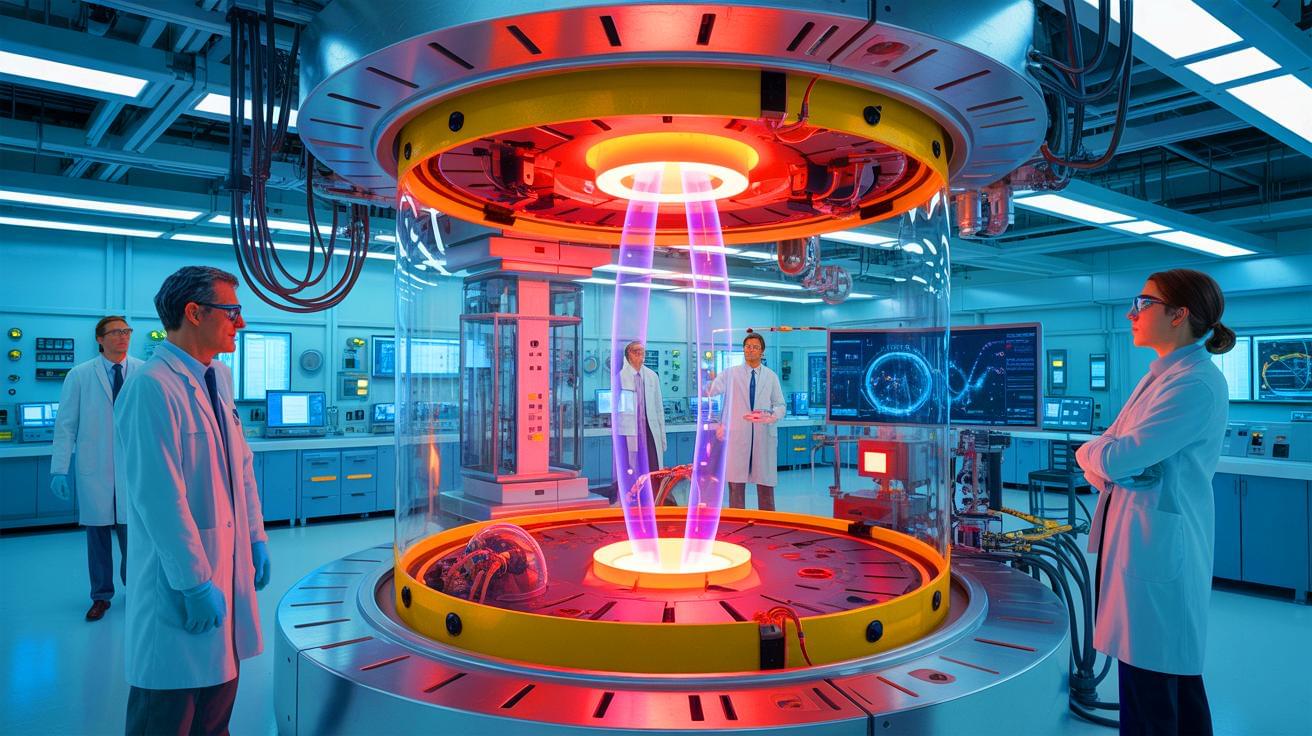Smartlet microrobots use solar cells and optical signaling to team up underwater.
Powered by solar cells and optical signals, new autonomous smartlets fold into cubes, sense stimuli, and coordinate in aquatic environments.
Smartlet microrobots use solar cells and optical signaling to team up underwater.
Powered by solar cells and optical signals, new autonomous smartlets fold into cubes, sense stimuli, and coordinate in aquatic environments.

MIT’s 1972 global collapse warning revisited: Humanity enters make-or-break decade.
Nearly five decades later, sustainability analyst Gaya Herrington revisited World3 with fresh data. Her study, published in the Journal of Industrial Ecology in November 2020 and later shared by KPMG (where she then worked), compared several of the model’s scenarios with decades of empirical trends across variables such as population, fertility and mortality, industrial output, food production, services, non-renewable resources, persistent pollution, human welfare, and ecological footprint.
The aim was straightforward. After half a century, which of World3’s possible futures does the real world most resemble? Herrington found that the dynamics described in 1972 still fit the data “strikingly” well. In scenarios that keep growth as the primary goal, what the original authors called the “standard run” and what we’d now call “business as usual,” the model points to declines in industrial capital, agricultural output, and welfare within this century.



A 10-µm-wide microchip can generate light with any desired direction, polarization, and intensity, which will be handy for future quantum technologies.
Emerging technologies for quantum computing and cryptography require small components capable of emitting photons whose properties are precisely controlled. Researchers have been developing such components, and now a team has demonstrated a technique that provides control of direction, polarization, and intensity simultaneously [1]. Like previous experiments, the technique uses microscopic structures on a semiconductor surface to convert wave-like surface excitations to light waves. But the new demonstration uses shapes for these structures that allow more precise control over the outgoing light. The team expects the new technique to find wide use in efforts to build quantum technologies in miniature solid-state devices.
Solid-state miniaturization is one of the few realistic routes toward making quantum technologies practical, scalable, and easily manufacturable, says Fei Ding of the University of Southern Denmark. But there are not many good compact photon sources. “The technology really requires a compact and flexible solid-state photon source that gives us full control over how light is emitted—its direction, polarization, and spatial profile,” Ding says. “This is crucial for building scalable quantum and nanophotonic technologies, where single photons are used as the fundamental carriers of information.”


IN A NUTSHELL 🔬 The Los Alamos experiment achieved a fusion energy yield of 2.4 megajoules, marking a significant breakthrough. 💡 The innovative THOR window system was used to create a self-sustaining “burning plasma.” 🔧 Modifications to the standard hohlraum allowed for the escape of X-rays, aiding in the study of radiation flow and energy


IN A NUTSHELL 🌌 The Quipu superstructure is the largest known entity in the universe, spanning over 1.3 billion light-years. 🔭 Astronomers use X-ray galaxy clusters to map and analyze these massive cosmic formations. 📊 The size of superstructures like Quipu can distort critical cosmological measurements, affecting our understanding of the universe’s expansion. ⏳ Despite
Penn researchers have revealed that red blood cells, not just platelets, play an active role in clot contraction. For years, scientists believed that red blood cells simply tagged along during clot formation without doing much. A new study from the University of Pennsylvania now shows they play an